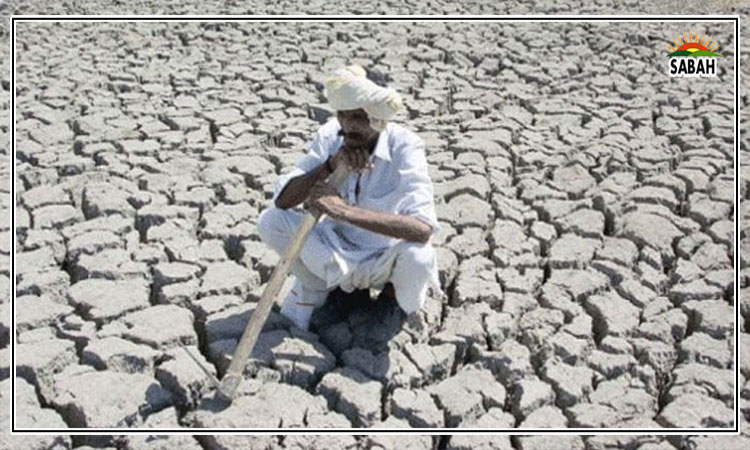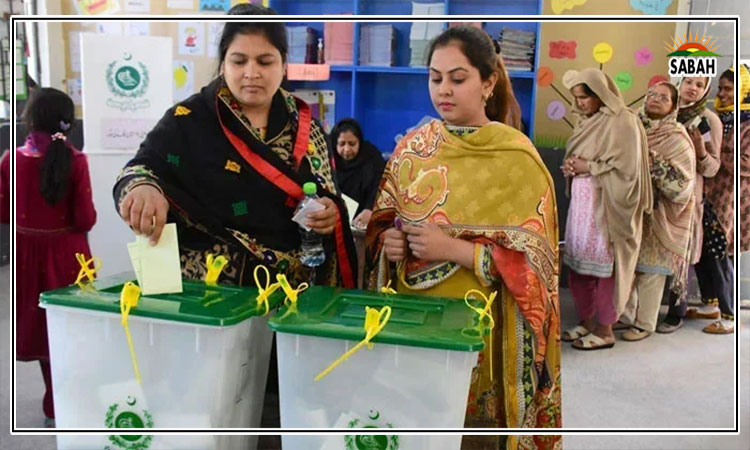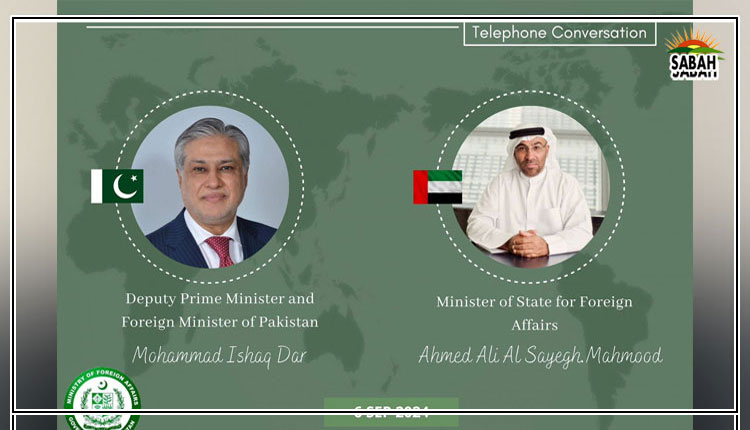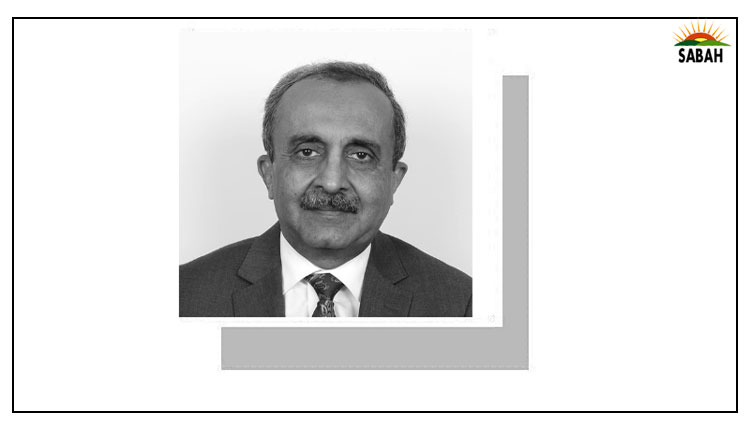Child rights crisis …. Jamil Ahmad
AS the planet bakes in the hottest summer ever, with each passing month warmer than the last, the climate crisis is depriving children of some of their basic human rights and reducing opportunities for them to secure and live a decent life. Extreme weather events linked to climate change disproportionately affect children’s health and lives. We are facing a child rights crisis, a situation that is already alarming in poor regions that are hit first and worst by climate change.
In addition to the immediate threats, the burden of long-term risks of climate change also falls unfairly on children, as they have to live longer with its adverse consequences.
The Intergovernmental Panel on Climate Change notes that “children aged 10 or younger in the year 2020 are projected to experience a nearly four-fold increase in extreme events under 1.5 degrees Celsius of global warming by 2100 and a five-fold increase under 3°C warming. Such increases in exposure would not be experienced by a person aged 55 in the year 2020 in their remaining lifetime under any warming scenario.”
Concerned about their future, children everywhere have stood up for their rights. An international movement led by children is successfully drawing attention to the climate crisis by approaching judiciaries, media, and governments. They are trying to influence national and international policies by bringing climate justice for children into sharper focus and asking authorities to take urgent climate action.
The burden of long-term risks of climate change falls on children.
The widespread and deepening threats to children’s rights linked to the climate crisis are documented in detail in a ‘General Comment’ issued last year by the UN Committee on the Rights of the Child. Describing climate change, pollution and biodiversity loss as “urgent examples of global threats to children’s rights”, it noted that the climate crisis is “a form of structural violence against children and can cause social collapse in communities and families”. It called upon states to work together in addressing the effects of climate change on the enjoyment of children’s rights.
Nowhere is this structural violence against children more at play than in middle- and low-income countries where millions of children are in harm’s way from threats emanating from the multifaceted climate crisis. It is spewing crises in other areas of basic life support — food, water, health, education, and housing — in the developing nations of Africa and Asia where children and young people form the largest segments of the population.
About a quarter of the world’s 2.3 billion children live in Asia and the Pacific, with higher concentrations in South and Southeast Asia. Forty per cent of Africa’s population is under 15 years. In Pakistan, children make up about 45pc of the fast-growing population. In these regions, the rapid spike in the intensity, scale and duration of heatwaves has turned Earth’s surface into an oven, with temperatures crossing 50°C at several points. By Unicef’s calculations, the percentage of children exposed to heatwaves globally could climb from the current 25pc to 100pc by 2050.
A quick measure to protect children from intense heatwaves is to reduce their outdoor exposure by closing schools. But this affects education. This year, more than 80m children lost weeks of learning time when schools across Asia and Africa were closed. A World Bank report on the impact of climate change on education showed that students in regions of extreme heat cumulatively lose up to 1.5 years of education by the time they complete Grade 12.
Heatwaves, though, are not the only reason for disrupting education. Wildfires, floods, or damage to infrastructure also increase risks of learning loss and dropping out when schools are closed in low- and middle-income countries. Unfortunately, not all children in these regions are enrolled. Those who remain outside education networks suffer badly.
In South Asia, particularly, air pollution and acute water scarcity expose children to physical and mental health problems. In 2022, 347m, or 55pc of all children in South Asia experienced water scarcity, meaning their regions had inconsistent supplies of water during the year. These issues are impairing children’s physical development and retarding their mental growth. Stunting among them is spreading.
Systemic risks associated with the climate crisis will grow if timely action is not taken by all. Governments will have to take the lead to frame and implement child-sensitive climate policies and collaborate with partners, national and international, to ensure a clean, healthy and sustainable environment for all children. Clearly, it is a question of intergenerational equity. At stake are the hopes and aspirations of millions of young people.
The writer is director of intergovernmental affairs, United Nations Environment Programme.
Courtesy Dawn, August 24th, 2024












